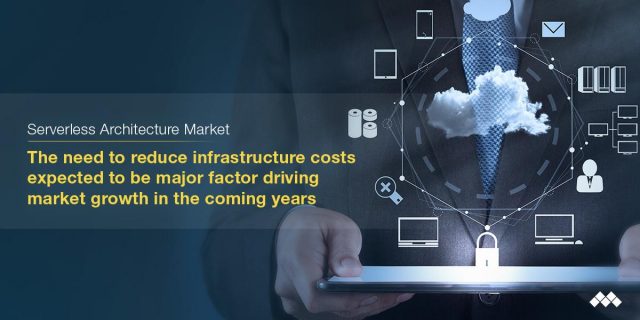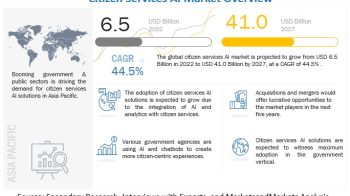
Major factors that are expected to drive the growth of the Serverless Architecture Market across the globe include the elimination of the need to manage servers for reducing infrastructure costs and easing deployment, management, and execution, shift from the DevOps to the serverless computing, and proliferation of microservices architecture.
The scope of this report covers the analysis of the serverless architecture market based on service types, deployment models, organization size, verticals, and regions. The increasing adoption of cloud-based applications and emergence of IoT applications are expected to offer growth opportunities for serverless architecture vendors. Cloud-based applications are proliferating within the enterprise ecosystem, as organizations are moving to the cloud-based solutions that provide cost-effectiveness, rapid deployment, and on-demand expertise for mitigating APIs and other security exploits.
The demand for Software-as-a-Service (SaaS)-based solutions is rapidly increasing, due to their wide range of features and functionalities. Leveraging the diversified advantages of cloud solutions, Serverless architecture vendors are now offering their solutions via SaaS-based delivery models over cloud. These factors are expected to provide huge growth opportunities for serverless architecture providers and vendors.
Under service types, the automation and integration services segment is expected to lead the serverless architecture market from 2018 to 2023. Automation and integration services play a fundamental role in the deployment of serverless architecture. Automation services help efficiently manage microservices, which are deployed on hybrid IT platforms, to provide faster response along with optimum resource utilization. On the other hand, integration services assist in combining and consolidating data and functions of multiple micro services. Hence, the automation and integration services act as a catalyst for the complex issues faced during the implementation of serverless architecture in organizations.
Among deployment models, the public cloud deployment model is expected to grow at a higher CAGR during the forecast period. The public cloud services may be offered free of cost or charged according to the pay-per-use model, depending upon the requirements of end-users. The reason for the high adoption of the public cloud deployment among cloud storage providers is its ease of access and faster deployment.
![[Latest 2028] Cloud Security Market Estimation, Key Players, Growth Opportunities](https://mnmblog.org/wp-content/uploads/2024/04/cust-350x196.webp)

